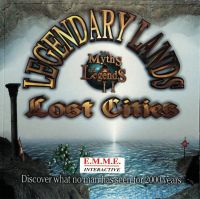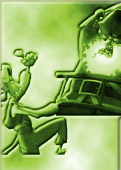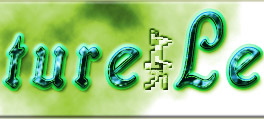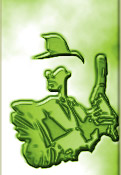
|
Volume 2 covers the lands and lost cities of Atlantis, Tower of Babel, Easter Island, Eldorado, Bermuda Triangle, Labryinth of Daedalus, Stonehenge, Herod’s Temple, Garden of Eden and the Fountain of Youth. The list contains both real places and those whose existence is at least controversial. After watching the introductory video, we find ourselves in a small, richly decorated hall, where we can click on several objects to summon a monk, listen to his lengthy ranting about what awaits the player here, and also evaluate the local special effects. Moving all the way to the right will lead to the exit. In the middle of the hall there is a chest with a world map. There are knitting needles stuck into it, and a sextant lies next to it. When you click on it, seven stone numbered buttons appear. With their help, we enter the three-digit code of the place of interest to us. How can you recognize him? From the manual or ReadMe on disk. There is no other option. Similar to the first part, there are ten destinations: Eden, Atlantis, the Knossos Labyrinth, the Tower of Babel, Easter Island, Eldorado, Stonehenge, the Fountain of Eternal Youth, the Western Wall and the Bermuda Triangle. The degree of interactivity this time requires a little more player intervention due to the introduction of pixel hunting. By entering the code for the desired location, we watch a short three-dimensional video, after which we find ourselves in a small location of several screens (from which Myst'om). Despite the apparent interactivity, we have few options for action. Everywhere, one way or another, there is a cross staff or a golden female bust on a pin. When you click on them, a guardian angel appears in the person of the aforementioned monk or a woman in a toga, who will briefly tell you about the place being observed. There is definitely a book lying somewhere nearby. Clicking on it will lead to the corresponding encyclopedic reading, where you can learn about the origin of the name, the first mentioned source, the alleged location (where applicable), and so on. Those who are especially inquisitive are not forgotten - they have the opportunity to look at the list of references used by the authors. The information here is presented in text form (we scroll through the pages using arrows in circles, and also open them by clicking on the stones), graphic (click on the magnifying glass next to the image and look at the picture closer) and sound (the icon of a twisted sea shell is responsible for this). And just like that, clicking here and there, we learn more and more about the current place. When you get tired of studying, for example, Atlantis, you can go to the sextant and click on it to find yourself in the central area, supposedly connecting everything. It plays exactly the same role as a chest with a map (you can get to it at any time by pressing the Esc key), except that it looks a little different graphically. And yes, you will have to enter a code here too. And no, the game doesn’t allow you to remember them, so if you want to visit a place you’ve already visited, then please enter it again. A somewhat strange decision, which was probably made to reduce the cost of production (after all, fewer intermediate screens need to be drawn). |








